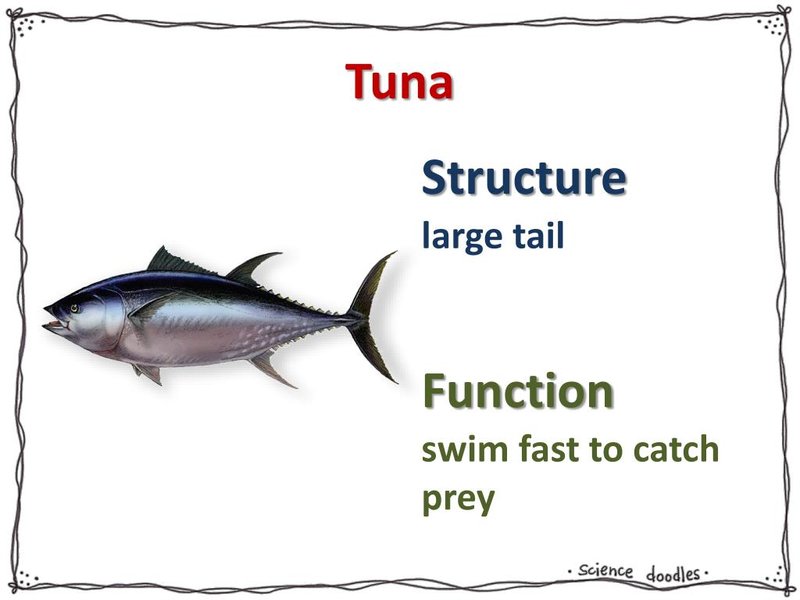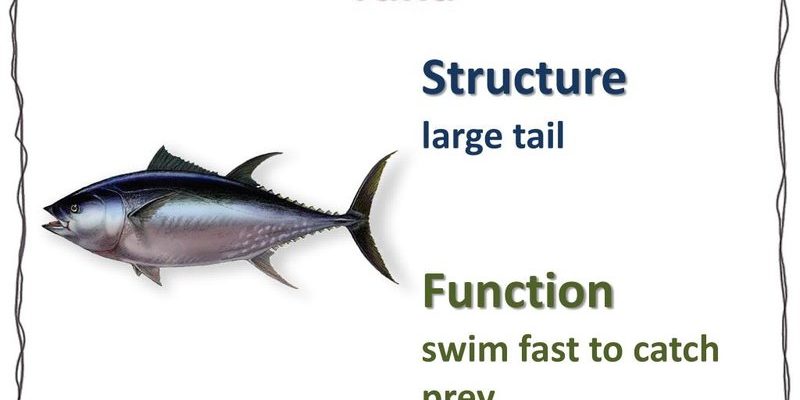
Let’s dive into the deep blue and uncover how these incredible fish have adapted to their surroundings. Understanding these adaptations not only sheds light on the tuna’s survival strategies but also highlights the intricate balance of the ecosystems they inhabit. Just like how you might adjust your plans based on weather or traffic, tuna have developed remarkable traits that allow them to navigate the challenges of life underwater.
Streamlined Body Shape
One of the first things you’ll notice about tuna is their sleek, torpedo-like body structure. This design is not just for show; it’s a key adaptation that helps them swim efficiently through water. Imagine trying to swim in a pool while wearing a bulky life jacket—it would be tough! Tuna, however, have streamlined bodies that minimize drag, allowing them to zip through the ocean with ease.
Their body shape enables them to reach impressive speeds—up to 75 km/h (around 47 mph) in some species! This speed is not only vital for catching prey but also for escaping predators. A quick dash can mean the difference between life and dinner. Plus, their rigid dorsal fin helps them maintain stability while swimming fast, which is a crucial advantage in the competitive undersea world.
Warm-Blooded Abilities
You might be surprised to learn that tuna are among the few fish known to be partially warm-blooded. While most fish are ectothermic (or cold-blooded), meaning their body temperature matches their environment, tuna can regulate their body temperature significantly above that of the surrounding water. Here’s the thing: being warm-blooded gives tuna a major edge.
By maintaining a higher body temperature, they can swim faster and hunt more effectively, especially in cooler waters. This ability allows them to thrive in various ocean depths and temperatures, opening up a broader range of hunting grounds. It’s like having a personal heater that keeps you comfortable while you explore the coldest corners of the ocean!
High-Performance Musculature
Tuna possess a unique type of muscle called red muscle, which is rich in myoglobin. This protein stores oxygen, allowing deep and sustained swimming without tiring easily. It’s similar to having a reserve tank of energy that you can tap into when you need a burst of speed. While many fish have white muscle that is good for short bursts of energy, tuna’s red muscle fibers enable them to swim long distances while actively hunting.
This efficiency plays a massive role when it comes to their feeding habits. Tuna can chase down prey over large areas, often traveling hundreds of miles in a single day. Their powerful muscles, combined with their streamlined bodies, make them not just effective predators but also resilient travelers in the vast ocean.
Excellent Vision and Sensory Systems
Tuna have incredible eyesight that allows them to see clearly in various lighting conditions, from bright sunlight to the murky depths of the ocean. Their eyes are adapted to detect movement and changes in light, which is essential for spotting prey and navigating through their environment. Imagine being able to see your favorite snack from a distance while swimming in a dark pool—it’s a significant advantage!
In addition to their vision, tuna have highly developed lateral lines—sensitive structures along their bodies that detect vibrations and pressure changes in the water. This adaptation helps them sense nearby movements, whether it’s a school of fish to hunt or a predator lurking nearby. It’s all about staying one step ahead in their underwater world.
Efficient Gills for Respiration
For fish, breathing underwater is vital, and tuna have special adaptations that make their gills particularly efficient. Tuna can pass water over their gills both when they swim and while they are stationary. This means they can extract oxygen from the water effectively, even when they’re resting or swimming slowly.
Think of it like having two different ways to breathe—one for when you’re relaxed and another for when you’re racing up a hill. This dual ability allows tuna to remain active and alert, even in low-oxygen environments. It’s yet another piece of the puzzle that helps them thrive in their dynamic underwater world.
Streamlined Fins for Stability
Tuna have long, pointed fins that assist in their exceptional swimming capabilities. The design of their fins helps them maintain stability and maneuverability while they’re slicing through water at high speeds. Each fin plays a role:
- Dorsal Fin: Provides balance and prevents rolling.
- Pelvic Fins: Help with steering and stopping quickly.
- Caudal Fin: The tail fin is especially powerful, propelling them forward like a jet engine.
These adaptations allow tuna to make swift turns and adjustments, whether they’re chasing down a meal or evading a threat. It’s like having a finely-tuned race car that can navigate tight corners without losing speed!
Tuna are truly remarkable creatures, showcasing a variety of adaptations that enable them to thrive in their underwater habitats. Their streamlined bodies, warm-blooded abilities, powerful muscles, acute senses, efficient gills, and specialized fins all work together to make them perfect predators in the ocean.
Understanding these adaptations not only highlights the incredible resilience of tuna but also emphasizes the delicate balance in marine ecosystems. As we learn more about these fascinating fish, we can better appreciate the complexities of the underwater world and the importance of conserving it for future generations. So next time you enjoy a piece of tuna sushi, remember that you’re savoring the story of evolution at work beneath the waves!

